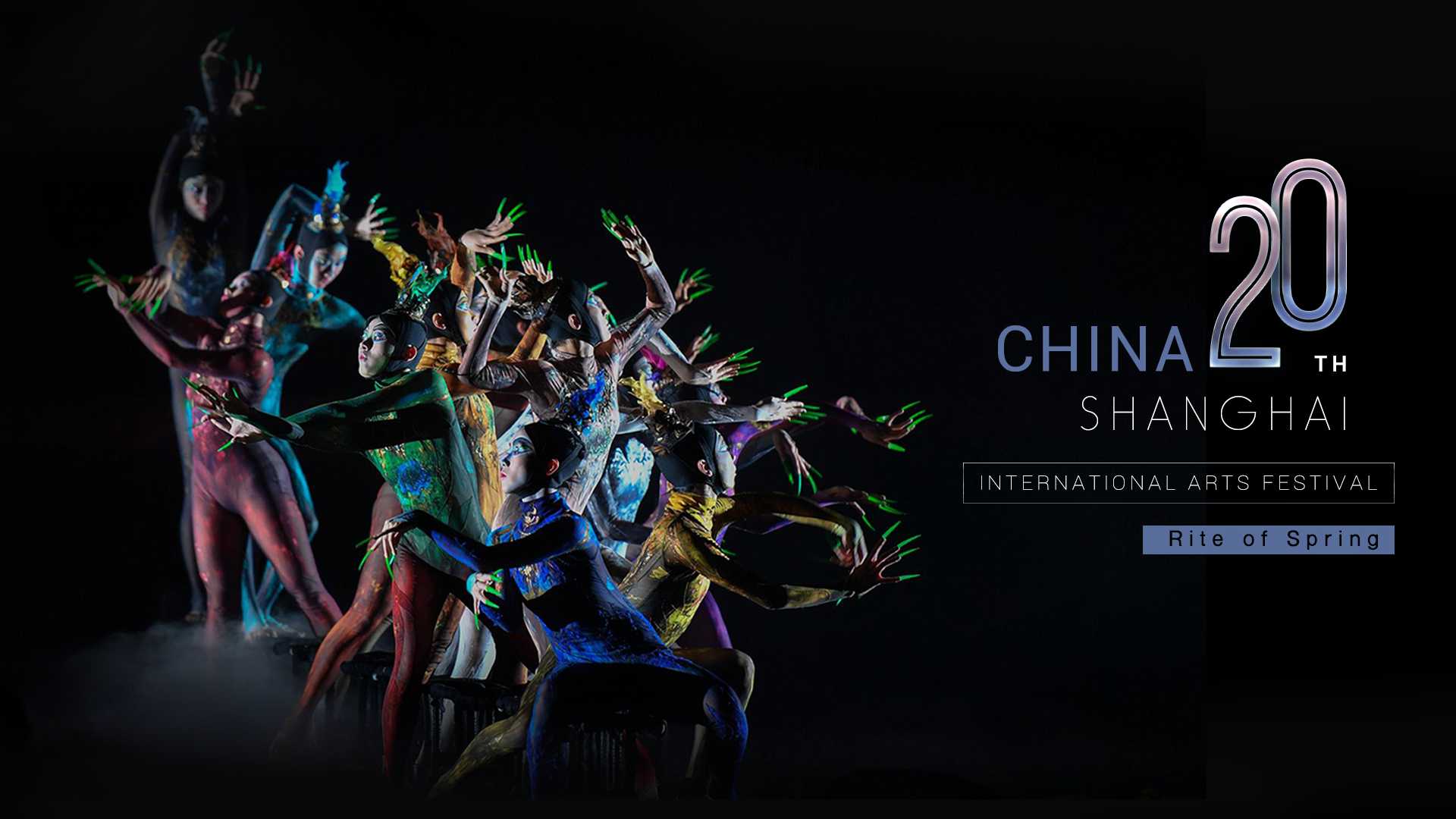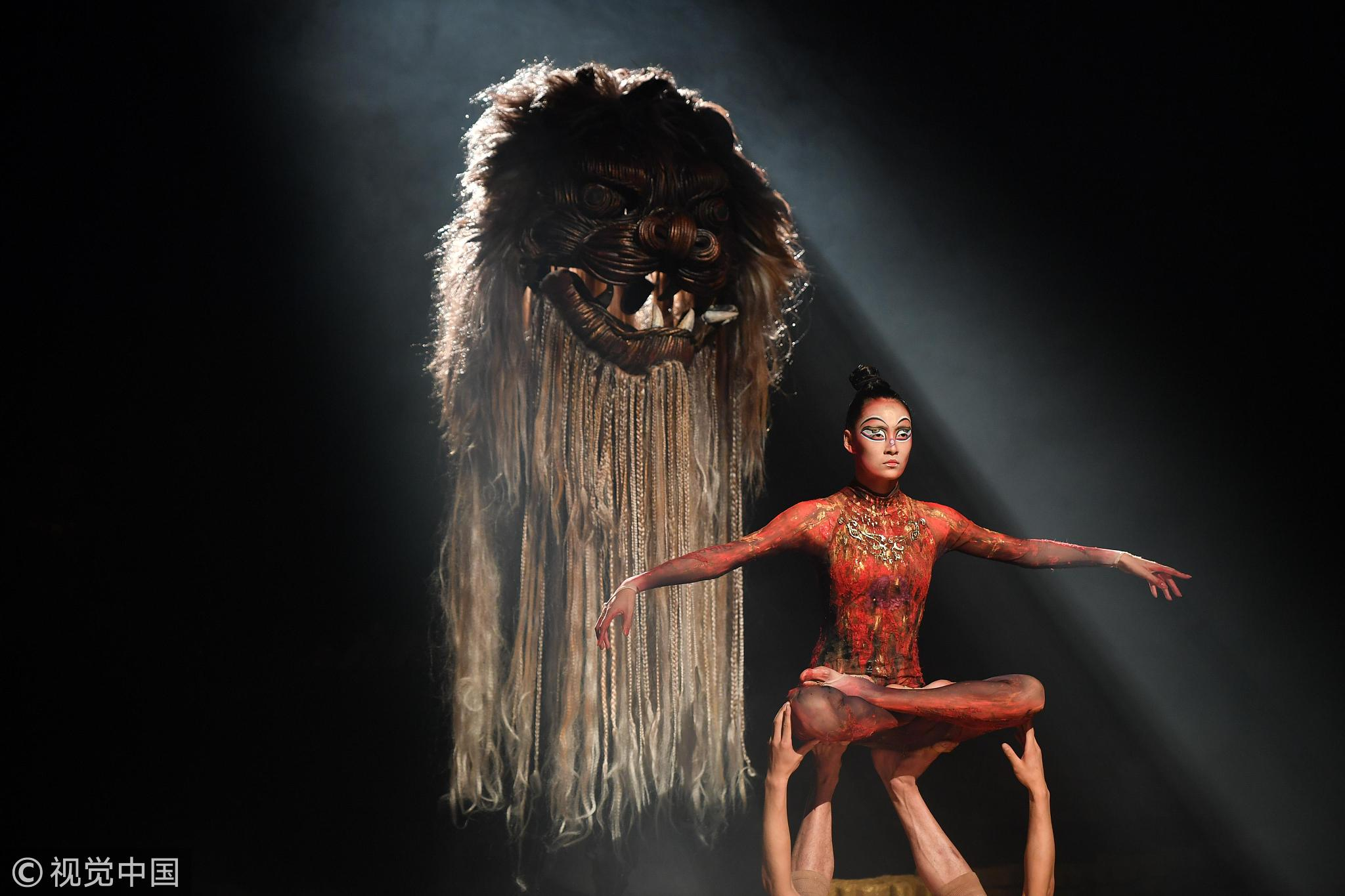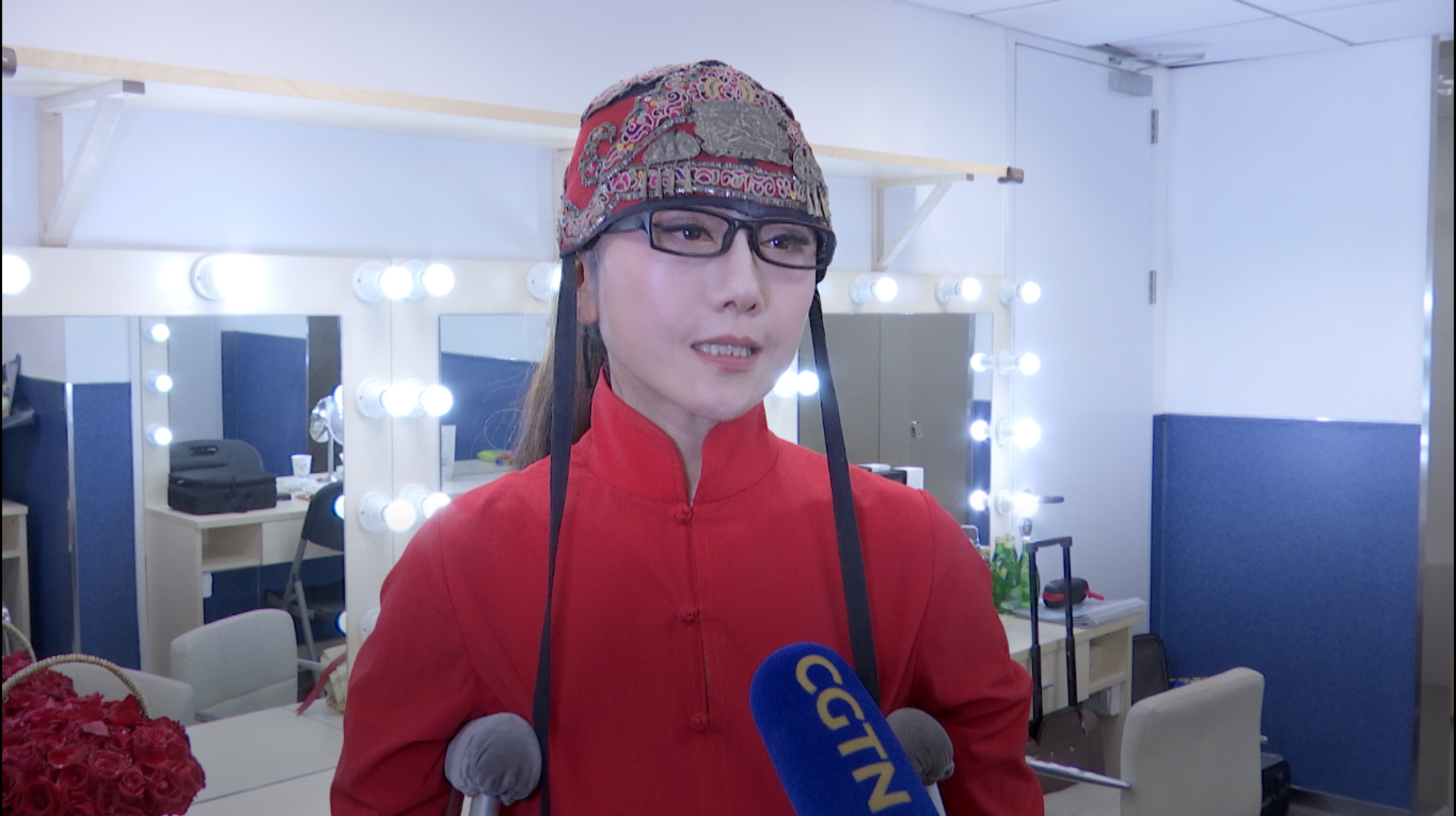
Culture
19:13, 22-Oct-2018
Yang Liping’s The Rite of Spring integrates oriental culture into Western dance
Updated
19:05, 25-Oct-2018
By Xu Haoming, Li Jingjing and Liang Si
01:25

Since hitting the theater in 1913, Russian composer Igor Stravinsky's orchestral ballet The Rite of Spring has been a beacon in the world of dance and classical music.
Besides for the outstanding music and choreography, the work also depicts a shocking story: A tribe's sacrificial virgin dances herself to death to please the god of nature.
In the past century years, artists from around the world have adapted it into hundreds of versions and Yang Liping's is a brand new creation, as she uses her understanding of Chinese tradition, especially the relationship between human and nature in Tibetan culture to interpret the story from a completely new angle.

A still from Yang Liping's version, "The Rite of Spring". / VCG Photo
A still from Yang Liping's version, "The Rite of Spring". / VCG Photo
Oriental philosophy
Yang, who was born in 1958, is one of China's most iconic modern dancers and choreographers, and is known for her famous “peacock dance” and her work, “Dynamic Yunan.”
She has spent her career integrating her own Bai ethnic culture, as well as other unique Chinese cultural elements, into modern dance.
”Every ethnic group has their own rituals and ancient traditions, I feel very connected to this culture,” Yang told CGTN in an interview on Saturday during the 20th Shanghai International Arts Festival (SIAF).
“Using our most precious things to exchange our best wishes to the whole village, even that means sacrificing our own lives, that kind of ritual existed in ancient oriental culture,” Yang explained.

Yang Liping /CGTN Photo
Yang Liping /CGTN Photo
However, the concepts of sacrifice are different in oriental and Western cultures.
In most Western adaptions, creators tend to depict the fear and struggle of the sacrificial women. But she believes that, for some ethnic groups in China, people believe it's an act of self-sacrifice for the salvation of everybody else.
Moreover, Yang brings the concept of reincarnation into The Rite of Spring. The aim of life for her is not death, but rebirth. The girl is not forced to sacrifice herself, she volunteers to be the sacrifice.
Yang also gives her choreography a personal dimension by adding her signature “peacock dance” moves into the adaption, where they act as the symbol for rebirth.
Editor: Xu Haoming, Liangsi
Filmed by: Xu Haoming
Image designer: Du Chenxin
Article written by: Li Jingjing

SITEMAP
Copyright © 2018 CGTN. Beijing ICP prepared NO.16065310-3
Copyright © 2018 CGTN. Beijing ICP prepared NO.16065310-3